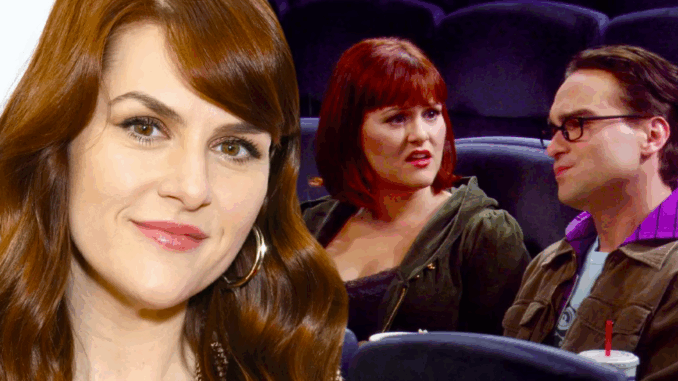
From Niche Nerds to Mainstream Icons
When The Big Bang Theory premiered in 2007, it was a modest sitcom about four socially awkward scientists and their interactions with the world around them. Few predicted it would become one of the most influential and highest-grossing TV comedies of the 21st century. What began as a character-driven comedy with an unapologetic love for quantum physics, comic books, and video games ended up shaping how “nerd culture” is perceived worldwide. The transformation of geeky outcasts into celebrated pop icons was more than a clever TV trope — it became a societal shift in how intelligence, introversion, and passion were represented in mass media.
The series didn’t just entertain; it helped normalize scientific curiosity. It invited millions of viewers who may have never touched a physics textbook to laugh at Schrödinger’s cat jokes or learn about the Doppler effect. The show’s success created a ripple effect, making science “cool” in a way that hadn’t happened on mainstream television since Bill Nye the Science Guy. Characters like Sheldon Cooper and Leonard Hofstadter made academia relatable — even enviable — and that impact continues to resonate with new generations discovering the show on streaming platforms.
The Rise of the Intellectual Sitcom
Prior to The Big Bang Theory, sitcoms largely revolved around families, relationships, or work-life antics. With Chuck Lorre and Bill Prady at the helm, The Big Bang Theory carved out a new space: one where the core humor revolved around string theory debates and failed social experiments. It proved that an audience existed not just for slapstick or rom-com humor, but for cerebral, reference-heavy writing that trusted its viewers to keep up.
The show’s writers collaborated closely with scientists to ensure accuracy, most notably with UCLA’s Dr. David Saltzberg, who vetted scripts and provided equations and terminology. This level of authenticity elevated the material and showed a commitment to intellectual integrity, which in turn built a deep loyalty among fans who appreciated being treated like intelligent viewers. It was a subtle, but significant shift in what a sitcom could be — not just fun, but educational.
The Global Impact of a Pasadena Apartment

While the apartment set might have been fictional, the themes explored inside it had global reach. In India, reruns aired in prime-time slots. In Brazil, it was dubbed and became a staple for millennial audiences. The dialogue sparked internet memes, university debates, and even inspired academic theses. Few American sitcoms can claim such widespread scholarly and pop-cultural influence.
Sheldon’s quirky habits and signature catchphrases like “Bazinga!” found their way into classrooms and offices around the world. More importantly, the show inspired an interest in STEM careers. Universities reported upticks in physics and engineering enrollments, with some students citing the series as a soft introduction to scientific thought. In a world facing a shortage of STEM professionals, this unintended consequence of entertainment has become a point of pride for the cast and creators alike.
A Long Goodbye — And a Legacy That Keeps Expanding
After 12 seasons and 279 episodes, The Big Bang Theory ended in 2019, but its aftershocks are far from over. Spin-offs like Young Sheldon have kept the universe alive, while the cast has gone on to other major projects, expanding their influence in new creative directions. Yet the core show still dominates streaming charts, proving that its appeal is timeless.
The legacy of The Big Bang Theory is not just that it made people laugh. It is that it made them curious. In an era of fast content and fading attention spans, it encouraged depth — both in characters and in thinking. That’s something no laugh track can fully capture, but it lives on in every rewatch and every aspiring physicist who grew up watching Sheldon explain string theory in a T-shirt.
